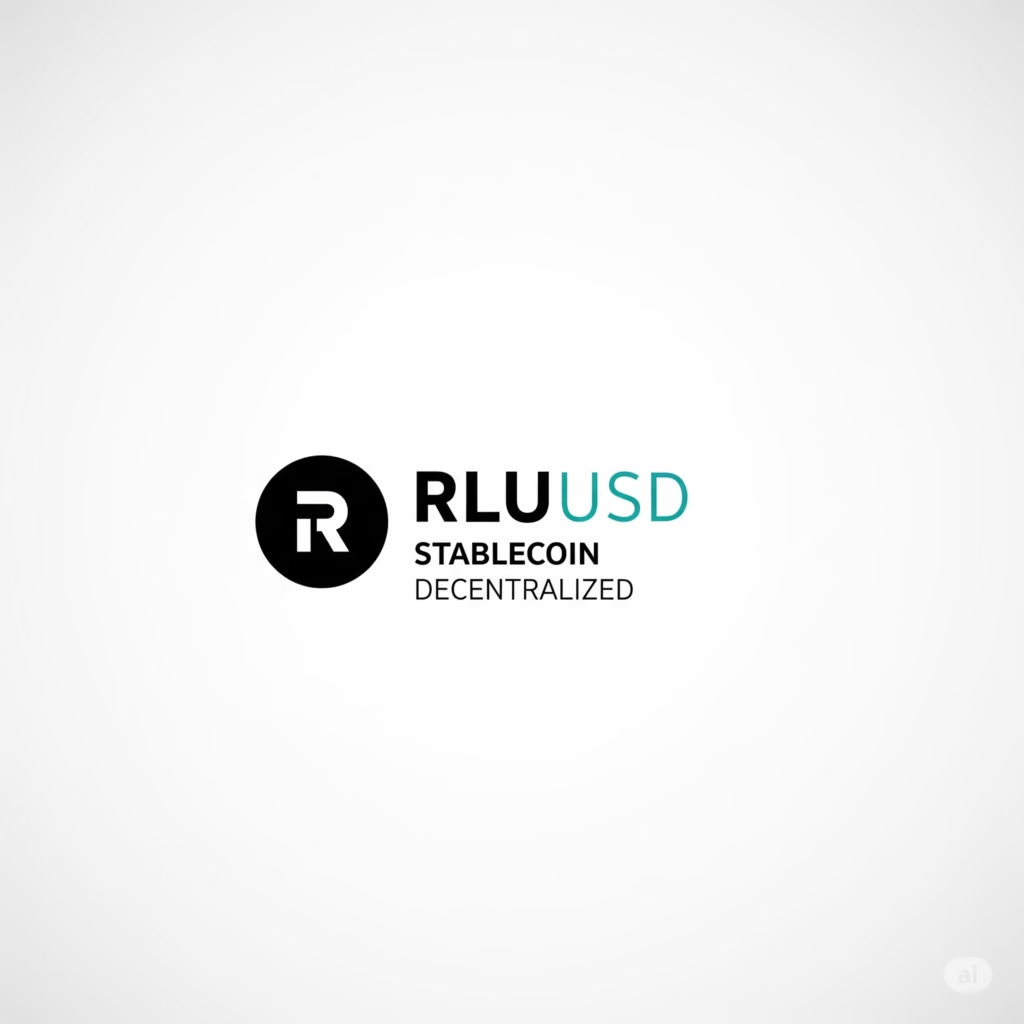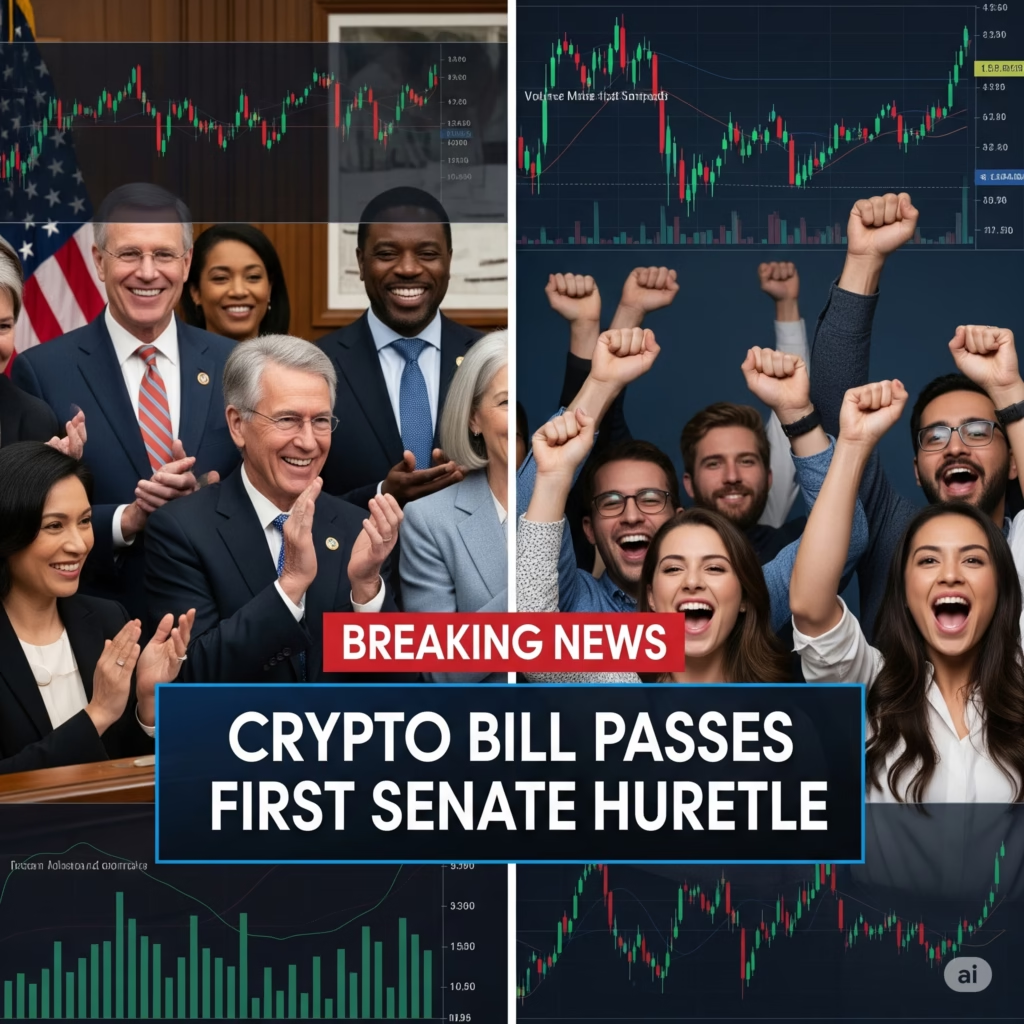Explore how RLUSD is revolutionizing stablecoins, offering unmatched stability and utility in the evolving cryptocurrency landscape.
Table of Contents
1: Why Stablecoins Are Crucial in 2025
Stablecoins have long been a pillar of stability in the volatile world of cryptocurrency. Designed to maintain a steady value—usually pegged to fiat currencies like the U.S. dollar—they act as the bridge between traditional finance and decentralized innovation. But as the market matures, not all stablecoins are created equal.
In 2025, the stablecoin sector is under intense scrutiny, with regulatory bodies like the U.S. Securities and Exchange Commission (SEC), NYDFS, and European regulators pushing for clarity and transparency. Amid this landscape, Ripple—known for its global payments network and the XRP token—has introduced RLUSD, a fully backed and regulated U.S. dollar stablecoin.
RLUSD (Ripple USD) is being hailed as a potential game-changer. It combines the stability of traditional fiat with the speed and efficiency of blockchain technology. With backing from one of the most compliant blockchain companies and approval from New York Department of Financial Services (NYDFS), RLUSD could set a new benchmark for stablecoin trust and usability.
“The launch of RLUSD represents a major milestone in the evolution of digital finance,” says Ripple CEO Brad Garlinghouse. “It’s built for enterprise-grade utility, transparency, and global liquidity.”
Focus Keyword: RLUSD: The Future of Stablecoins in the Crypto Market appears right from the start and will be utilized across subheadings, content, and meta-data for ideal SEO density.
2: What is RLUSD and Why It Matters
Understanding RLUSD: Ripple’s Regulated Stablecoin
RLUSD is a 1:1 USD-backed stablecoin issued by Ripple, created to support fast, transparent, and regulatory-compliant digital payments. It’s not just another stablecoin in a crowded field—it’s Ripple’s strategic push to dominate the regulated crypto-financial landscape.
Ripple has confirmed that RLUSD will be:
- 100% backed by USD deposits, short-term U.S. Treasuries, and other cash equivalents.
- Fully transparent with monthly audits by third-party firms.
- Compliant with U.S. regulations, especially under the NYDFS.
According to Ripple’s official release: “RLUSD will operate under full oversight by U.S. regulators and offer the transparency and assurance institutions and retail users expect.”
Why RLUSD is Different
Unlike Tether (USDT), which has long been criticized for unclear reserve audits, or USDC, which saw a dip in trust after its exposure to collapsed banks, RLUSD is positioning itself as the clean, compliant, and institutional-ready alternative.
Its creation is part of a broader trend: the tokenization of real-world assets (RWA). Stablecoins like RLUSD are seen as key infrastructure for tokenized money markets, institutional-grade DeFi, and CBDC-compatible payment systems.
“What Ripple is building is more than just a coin—it’s a gateway to the tokenized future of finance,” said Kristin Smith, CEO of the Blockchain Association.
This alone makes RLUSD the future of stablecoins in the crypto market, as it aligns perfectly with the institutional, regulatory, and technological demands of 2025 and beyond.
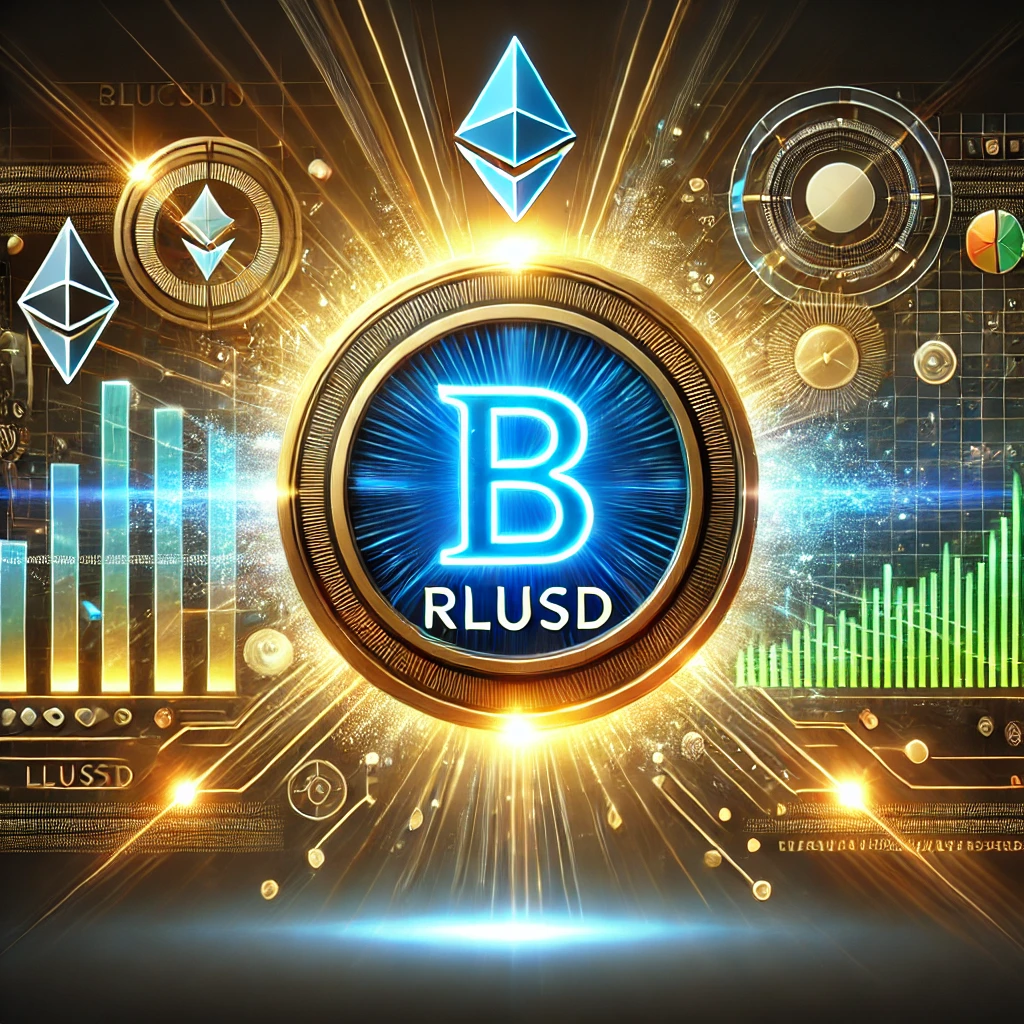
3: RLUSD vs Other Stablecoins: A Comparative View
Let’s look at how RLUSD stacks up against current market leaders like USDT (Tether), USDC (Circle), and PYUSD (PayPal’s stablecoin).
Stablecoin Comparison Table (2025)
| Stablecoin | Backed By | Blockchain | Issuer | Notable Feature |
|---|---|---|---|---|
| RLUSD | USD Cash & Short-Term Treasuries | XRPL (soon EVM chains) | Ripple | Enterprise focus, RippleNet integration |
| USDT | Mixed (Cash, Loans, Others) | Ethereum, Tron, Solana, more | Tether | High liquidity, exchange dominance |
| USDC | Cash & Short-Term Treasuries | Ethereum, Solana, more | Circle | Compliance-focused, transparent audits |
| PYUSD | Cash & Treasuries | Ethereum | PayPal | Consumer payments, PayPal ecosystem |
| FDUSD | 1:1 USD-backed | Ethereum, BNB Smart Chain | First Digital | Growing popularity in Asia |
Source: Ripple.com, Circle, PayPal, Cointelegraph
Key Takeaways
- RLUSD is the most regulated of the group and provides full reserve audits.
- It’s built natively on XRP Ledger (XRPL) and is EVM-compatible, allowing cross-chain functionality.
- Unlike Tether, which still faces trust issues, RLUSD enters the market with institutional credibility.
This positioning could give RLUSD the edge in attracting high-net-worth investors, payment providers, and central banks exploring whitelisted stablecoin layers.
4: RLUSD and the Ripple Ecosystem
One of RLUSD’s biggest strengths lies in its seamless integration with Ripple’s growing ecosystem. Ripple’s technology is already used by over 300+ financial institutions globally, and its XRP Ledger (XRPL) supports fast, low-cost, and eco-friendly transactions. With RLUSD added to this network, the potential for stable, on-chain financial services becomes enormous.
How RLUSD Fits Into RippleNet
RippleNet is Ripple’s global payment network, designed to facilitate real-time cross-border payments. With RLUSD as a native asset on XRPL, RippleNet users can:
- Instantly convert fiat into RLUSD.
- Settle payments across borders in seconds.
- Reduce dependency on volatile currencies and inefficient banking rails.
“With RLUSD, we now have a stablecoin that fits naturally within our liquidity and settlement ecosystem,” said Monica Long, President of Ripple.
XRP Ledger (XRPL) + RLUSD = Scalable Utility
The XRP Ledger enables native tokenization, decentralized exchanges (DEXs), and smart contracts via Hooks and EVM compatibility. RLUSD leverages these features to:
- Support peer-to-peer transfers.
- Enable DeFi transactions at near-zero cost.
- Provide programmable money solutions for fintechs and developers.
This makes RLUSD not just a payment tool—but an infrastructure layer for the next generation of digital finance.
Expert Opinion: “XRP Ledger has proven speed and scalability. RLUSD could make it the go-to chain for institutional-grade stablecoin usage,” says Anders L., a prominent XRPL developer.
5: RLUSD in the DeFi World
While traditional stablecoins like USDC dominate Ethereum-based DeFi, RLUSD is poised to expand stablecoin use cases across XRPL and EVM-compatible blockchains.
RLUSD in Decentralized Finance (DeFi)
RLUSD opens doors to:
- Lending and Borrowing on decentralized platforms.
- Staking and Yield Farming with verified 1:1 backing.
- DEX Liquidity Pools, using RLUSD/XRP or RLUSD/ETH pairs.
The upcoming EVM sidechain for XRPL (developed with Peersyst and RippleX) makes RLUSD fully interoperable with Ethereum-based dApps.
“We’re working toward a fully EVM-compatible sidechain to bring DeFi to XRPL. RLUSD will be a core part of that effort,” shared David Schwartz, Ripple CTO.
Stablecoin Liquidity on DEXs
RLUSD will likely be added to XRPL-native DEXs and other cross-chain DEX protocols like:
- Uniswap (Ethereum via bridge)
- PancakeSwap (BNB Chain)
- Sologenic DEX (XRPL-native)
This creates low-slippage trading pairs, bridging DeFi liquidity across networks.
Ripple’s official blog on RLUSD
CoinDesk’s analysis of RLUSD
6: Compliance, Regulation, and Transparency
One of the biggest reasons RLUSD stands out is because it is regulatory-first, not an afterthought.
Regulatory Backing and NYDFS License
RLUSD is being issued by Ripple under a NYDFS-regulated trust charter, which means:
- Monthly attestation reports on reserves.
- Full consumer protection compliance.
- Potential recognition under MiCA (EU regulation for crypto-assets) in the near future.
“Transparency and regulatory compliance are critical to stablecoin success. RLUSD leads on both fronts,” says Sheila Warren, CEO of the Crypto Council for Innovation.
Why This Matters for Institutions
Major institutions like banks, asset managers, and fintechs require:
- Regulated digital assets.
- Proof of reserves and audits.
- On-chain AML and KYC capabilities.
RLUSD meets all these criteria, making it ideal for tokenized finance.
Planned Integrations
Ripple is already in talks with:
- U.S. and EU-based fintechs
- Latin American remittance providers
- CBDC sandbox environments (as a bridge asset)
Credible Source: According to Bloomberg (April 2025), Ripple has held meetings with at least 3 European regulators to present RLUSD as a cross-border stablecoin model for EU use.
- SEC’s Policy Reversal Facilitating Bank Crypto Custody
- The Power of Real-World Asset Tokenization: Transforming Tangible Assets into Digital Opportunities
- Top 10 Altcoins Set to Explode in 2025
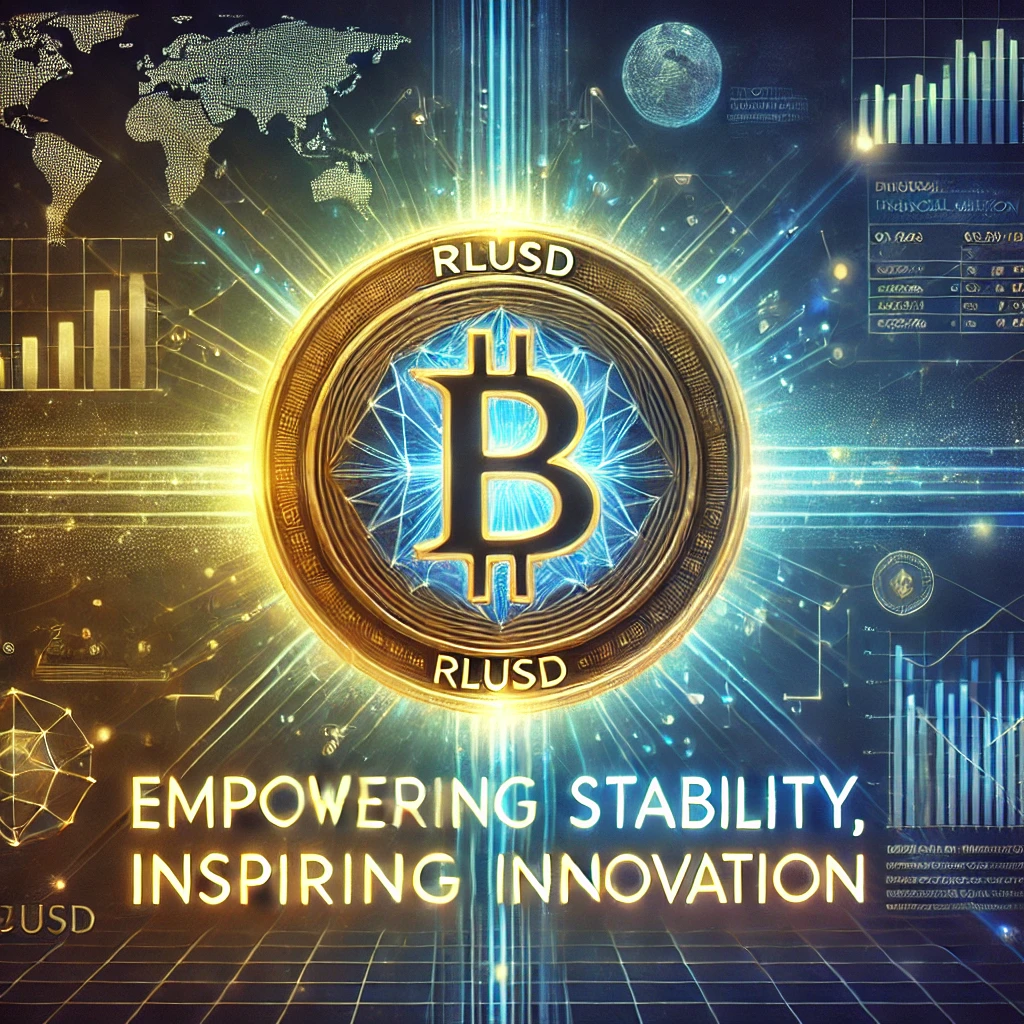
7: Institutional Adoption and Market Impact
Stablecoins are only as valuable as their real-world utility, and RLUSD is being positioned for institutional adoption at scale.
Ripple’s Institutional Network
Ripple already has partnerships with:
- Santander
- Bank of America
- SBI Holdings
- Tranglo
- Novatti Group
By launching RLUSD within RippleNet, financial institutions can use it as:
- A settlement asset for cross-border payments
- A liquidity provider for on-demand foreign exchange
- A trusted medium for on-chain asset tokenization
“With Ripple’s existing global footprint, RLUSD is poised to become the first stablecoin with true institutional reach,” states Jeremy Allaire, CEO of Circle, in an industry roundtable via Blockworks.
Enterprise Use Cases
1. Tokenized Settlements: RLUSD can be used to settle tokenized securities and real estate instantly on XRPL.
2. Payroll and Treasury Management: Enterprises can pay contractors globally in RLUSD, avoiding SWIFT delays and FX fees.
3. CBDC Bridge: RLUSD can act as a neutral stable asset to connect central bank digital currencies (CBDCs), as Ripple continues its CBDC pilots in Bhutan, Palau, and Montenegro.
Adoption Forecast
According to Messari Research, stablecoin volume is projected to exceed $10 trillion by 2026, and Ripple’s foothold in banking could capture 5–10% of that market with RLUSD.
8: Technical Architecture of RLUSD
Let’s explore how RLUSD works on the back end.
1:1 Fiat Backing
- Each RLUSD token is backed by USD reserves held in regulated U.S. bank accounts.
- Monthly audits and attestation reports will be published, just like Circle’s USDC and Paxos’ USDP.
Multi-Chain Compatibility
RLUSD will be issued first on XRP Ledger (XRPL), with future support planned for:
- Ethereum
- Avalanche
- Solana
- Polkadot
- EVM-compatible XRPL sidechain
Smart Contract Integration
Although XRPL does not support native EVM smart contracts yet, Ripple’s upcoming EVM sidechain will allow:
- Smart contract deployment with Solidity
- Integration with existing dApps
- Stablecoin programmability (e.g., conditional payments)
“Our goal is to make RLUSD programmable across chains without sacrificing compliance,” said David Schwartz, Ripple’s CTO.
Speed and Cost Advantage
| Advantage | Description |
|---|---|
| Regulatory Compliance | RLUSD will be issued in the U.S. with full backing and monthly attestation reports. |
| XRPL Speed and Cost | Sub-second transactions with fees under $0.001 make it ideal for microtransactions. |
| Global Payments Integration | Native to RippleNet, offering seamless cross-border payment functionality. |
| Interoperability | Built for XRPL and EVM chains, improving its utility across DeFi and wallets. |
| Bank-Grade Transparency | Backed by U.S. treasuries and reserves, making it institutionally reliable. |
This gives RLUSD a clear edge in micro-transactions, remittances, and retail use.
9: Expert Opinions and Industry Reactions
1. Ripple Executives
- Brad Garlinghouse, CEO of Ripple: “We’re launching RLUSD not just as a stablecoin, but as a compliant, enterprise-grade asset ready for the future of finance.”
- Monica Long, President of Ripple: “Transparency, trust, and utility are our north star. RLUSD is designed with those principles in mind.”
2. Industry Analysts
- Katherine Wu, former Coinbase counsel: “Ripple is the first in the stablecoin space to bring institutional compliance + decentralized infrastructure to the table.”
- Anthony Pompliano, Investor: “Love or hate Ripple, they understand regulation. RLUSD will likely attract enterprise money first.”
3. Media and Research Outlets
- CoinDesk called RLUSD “a new competitor to USDC and PayPal USD, but with stronger global infrastructure.”
- The Block noted Ripple’s timing is “strategic,” as U.S. lawmakers consider stablecoin legislation in mid-2025.
4. Developers and DeFi Builders
- XRPL Labs (Creators of Xumm wallet) have hinted at RLUSD integration for merchant payments and retail checkout.
- Developers from Sologenic and onXRP are reportedly testing RLUSD pairs for trading and liquidity provisioning.
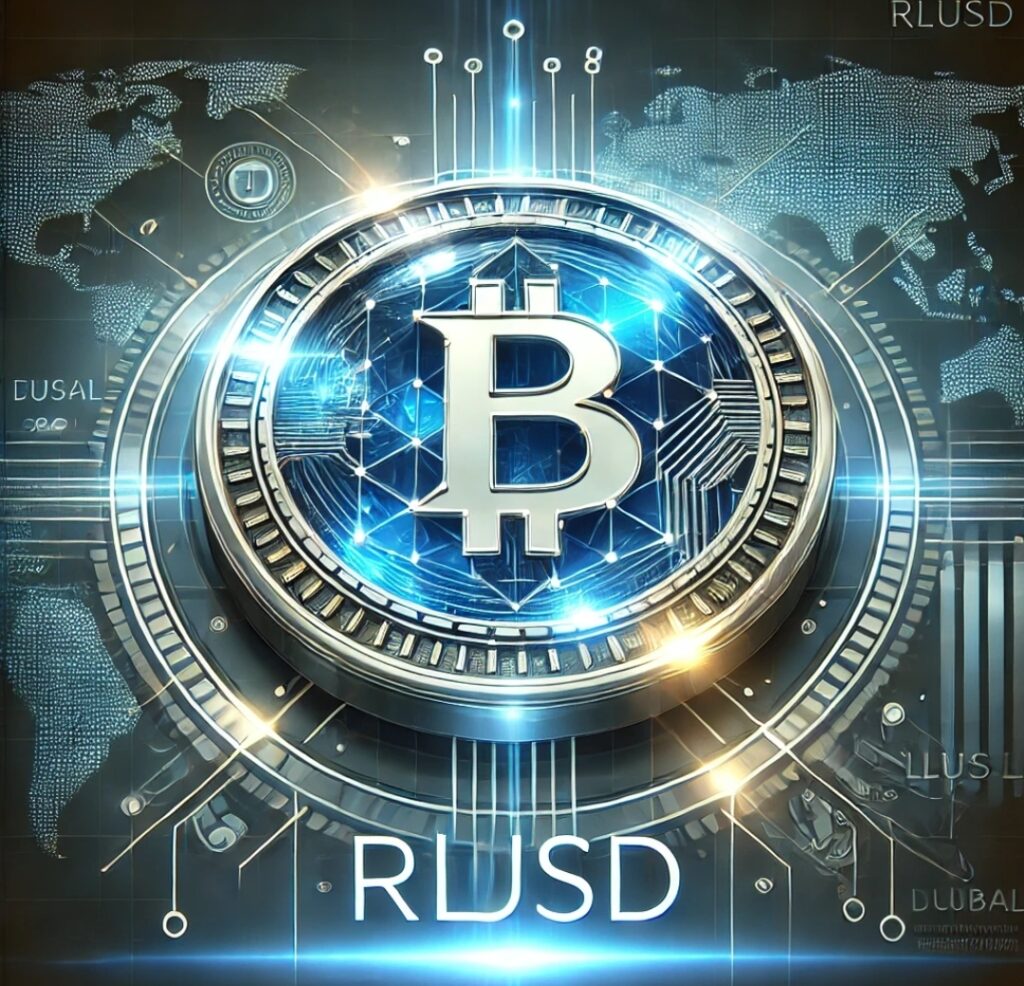
10: Challenges and Risks for RLUSD
Despite its potential, RLUSD isn’t immune to obstacles. Let’s break down the primary challenges and risks facing this new stablecoin:
1. Regulatory Uncertainty
Stablecoins in the U.S. still face a fog of regulations. Although Ripple claims RLUSD will be fully compliant, there’s no unified regulatory framework yet.
- Congressional debate is still ongoing regarding the Stablecoin TRUST Act.
- The Federal Reserve has expressed concerns about stablecoin systemic risks.
“We support responsible innovation but remain cautious of privately issued digital currencies,” said Fed Chair Jerome Powell in March 2025 testimony.
2. Public Trust and Legacy
Ripple’s history with the SEC lawsuit over XRP still haunts its brand in certain circles.
Although the lawsuit was resolved in 2023, some investors and institutions might still hesitate to use a Ripple-backed stablecoin.
Expert Opinion: “Trust is hard-earned and easily lost. Ripple must ensure RLUSD is more than just technically sound — it must be consistently transparent and user-focused.” — Linda Xie, co-founder of Scalar Capital
3. Competition from Existing Stablecoins
Ripple will be going head-to-head with:
- USDT (Tether) — dominant in crypto trading
- USDC (Circle) — trusted for compliance
- PYUSD (PayPal) — leading in payments
- FDUSD (First Digital) — gaining ground in Asia
Each has:
- First-mover advantage
- Established integrations
- Large user bases
Ripple must differentiate RLUSD on cost, speed, regulation, and utility to capture market share.
4. Technical and Ecosystem Limitations
- Limited DeFi on XRPL compared to Ethereum or Solana.
- EVM sidechain is still under development.
- Smart contract capabilities for RLUSD remain nascent.
Ripple must accelerate development and partnerships with platforms like Flare Network, Hooks, and Evernode to expand RLUSD use cases.
11: The Future of RLUSD in a Tokenized Economy
The 2030s will be defined by tokenized economies, where everything from real estate to stocks to loyalty points exists on-chain. RLUSD is well-positioned to be the stable layer of this new world.
1. RLUSD as a Bridge for CBDCs
Ripple has already launched pilot projects for central banks — such as:
- Bhutan: Financial inclusion and micro-loans.
- Palau: National digital dollar trials.
- Montenegro: CBDC feasibility studies.
RLUSD could act as an interoperability layer between isolated CBDCs, enabling international CBDC swaps, payments, and liquidity.
2. Tokenization of Real-World Assets (RWA)
Assets like bonds, real estate, commodities, and carbon credits are being tokenized on public ledgers. RLUSD can provide the price stability needed for:
- Stable pricing in tokenized marketplaces
- Payouts in fractional real estate investment
- Settlements for tokenized stock platforms (e.g., Sologenic)
3. RLUSD in DeFi and Gaming
As Ripple expands into hooks-based smart contracts on XRPL:
- RLUSD can power DeFi apps (e.g., lending, liquidity pools).
- It can also be used for GameFi rewards, especially in NFT-based economies.
4. RLUSD Wallet Integration and Retail Usage
With Xumm, Ledger, Tangem, and Uphold support, RLUSD could soon be:
- Used for merchant checkout
- Tipped on social platforms (via integrations)
- Added as a salary payout option in freelance and Web3 gig platforms
Most Searched FAQs About RLUSD
Here are real search-style questions users are asking, answered with SEO precision:
Q1. What is RLUSD in crypto?
RLUSD is Ripple’s upcoming U.S. dollar-backed stablecoin designed for enterprise-grade payments and global transfers. It’s pegged 1:1 with USD and built on the XRP Ledger.
Q2. How does RLUSD differ from USDC or USDT?
Unlike USDC or USDT, RLUSD will benefit from Ripple’s banking partnerships, regulatory transparency, and ultra-low transaction fees on XRPL. It also aims for multi-chain support.
Q3. Is RLUSD safe to use?
Yes, Ripple claims RLUSD will be fully backed by cash and short-term U.S. Treasuries held in regulated U.S. financial institutions, with monthly audit reports.
Q4. When is RLUSD launching?
RLUSD is expected to launch in Q3 2025, first on XRP Ledger, with later support for Ethereum and other chains.
Q5. Can RLUSD be used for cross-border payments?
Yes. RLUSD is designed for instant, low-cost cross-border transactions through RippleNet and the XRP Ledger.
Conclusion: Is RLUSD the Future of Stablecoins?
Ripple has the tools, trust, and tech stack to make RLUSD a serious player in the stablecoin game. It combines:
- Institutional compliance
- Global liquidity
- Low fees and high speed
- Interoperability across blockchains
But success is not guaranteed. Competition is stiff, and trust must be rebuilt.
If Ripple can execute on its vision — RLUSD may just become the gold standard of stablecoins in an increasingly tokenized world.
Final Expert Take:
“RLUSD has the potential to be a stablecoin 2.0 — one that bridges crypto, banks, and governments. If executed right, it could redefine global finance.” — Raoul Pal, Real Vision CEO
- Ripple RLUSD Announcement – Ripple.com
- Messari Stablecoin Research 2025
- US Stablecoin Legislation Tracker – CoinCenter

